7 composting mistakes to avoid
Avoid these composting mistakes when taking care of your yard.
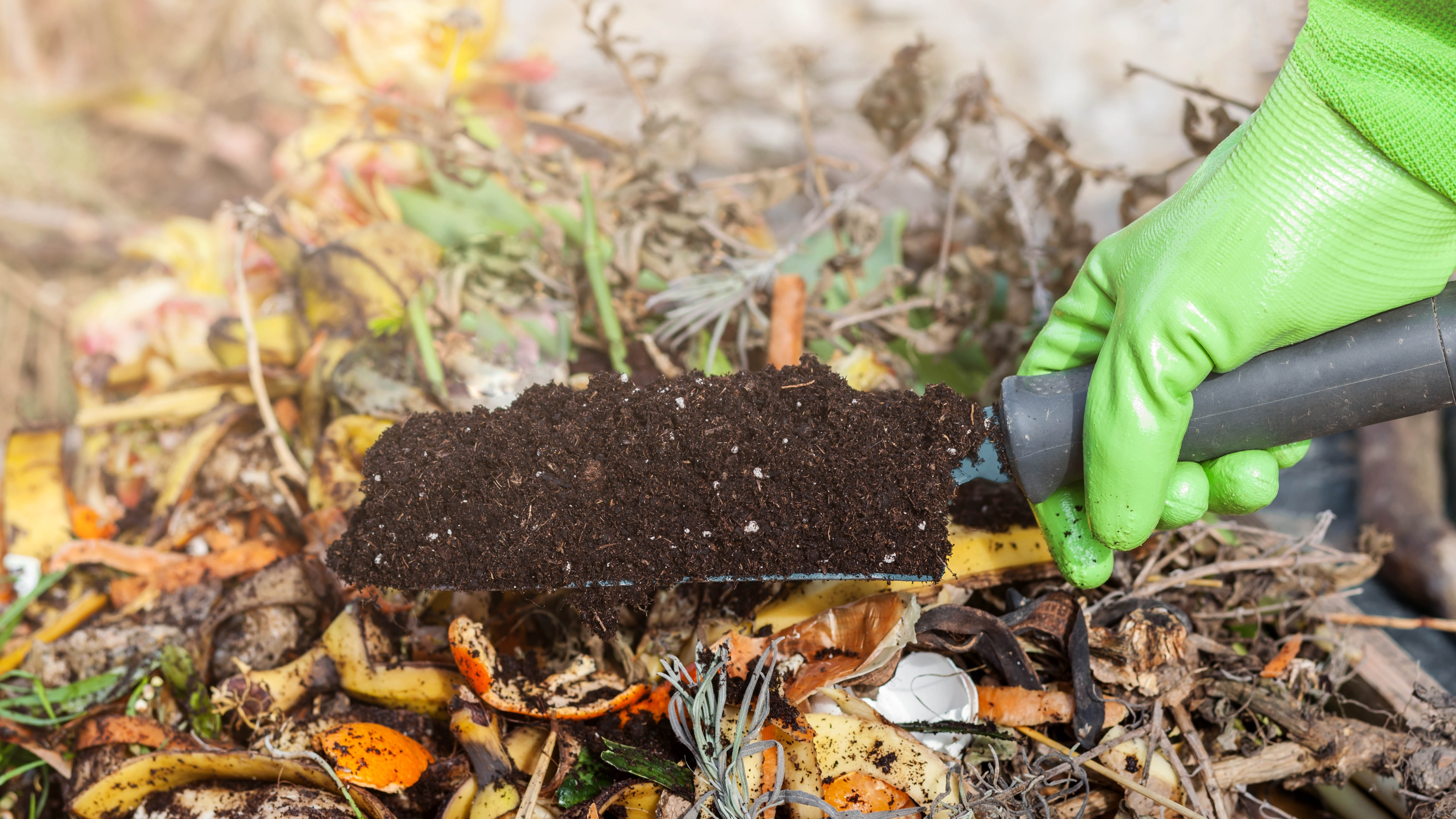
Composting is a great, sustainable way to turn organic materials into nutrient-rich soil to feed our gardens and improve lawncare. Whether it be our food scraps or yard waste, composting is a more natural, inexpensive way to grow veggies and plants, but also helps to cut down on our kitchen waste. And there are benefits of composting that enrich more than our yard.
While it’s hardly rocket science to throw in our scraps and waste onto the compost heap, you might be making these composting mistakes when doing so. In fact, just making one or two of these composting mistakes could prevent waste from breaking down properly, or worse still, attract rats, mice or any other unwanted pests to your yard.
Essentially, composting is a process where organic matter is broken down (or ‘eaten’), by naturally occurring microorganisms like worms, sowbugs, and nematodes. These break down the waste, changing its structure to create a healthy nourishment for soil.
However, for this process to work well, your compost heap needs the right components and conditions to produce healthy nutrients for your yard. What’s more, it will save you money on buying expensive fertilizers in the long-run! So, if you want to have nutrient-rich soil all year round, here are 7 composting mistakes to avoid.
Plus, check out these 7 surprising household items to help your plants grow. And 7 composting tips everyone needs to know.
1. Not having the right balance of green and brown waste
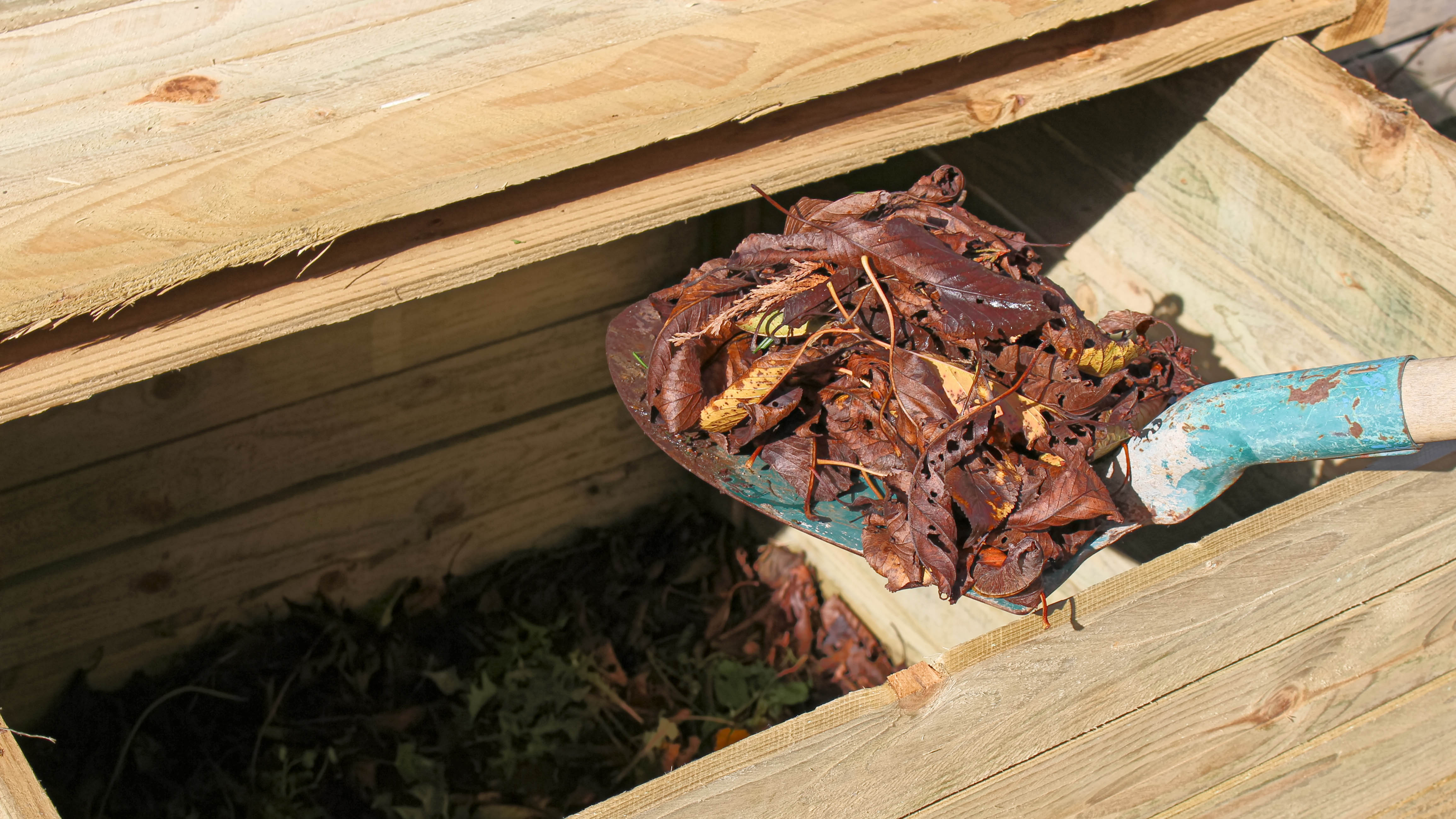
Similar to making a recipe, compost needs a mixture of green and brown materials to ‘cook up’ together. Typically, brown (dry) materials are high-carbon, such as dried leaves, tree debris, straw, sawdust or shredded paper. While the green (wet) materials contain high levels of nitrogen which include fresh grass clippings, food scraps or even coffee grounds. Without the right balance, the compost will not properly decompose, or lack the essential nutrients it needs for fertile-rich soil.
Experts recommend to start making your compost pile by mixing three parts brown materials with one part green material. It’s also best to wait until you have enough organic waste to make a compost heap at least 3 feet deep with both the green and brown items.
Get instant access to breaking news, the hottest reviews, great deals and helpful tips.
2. Compost heap is too wet or too dry
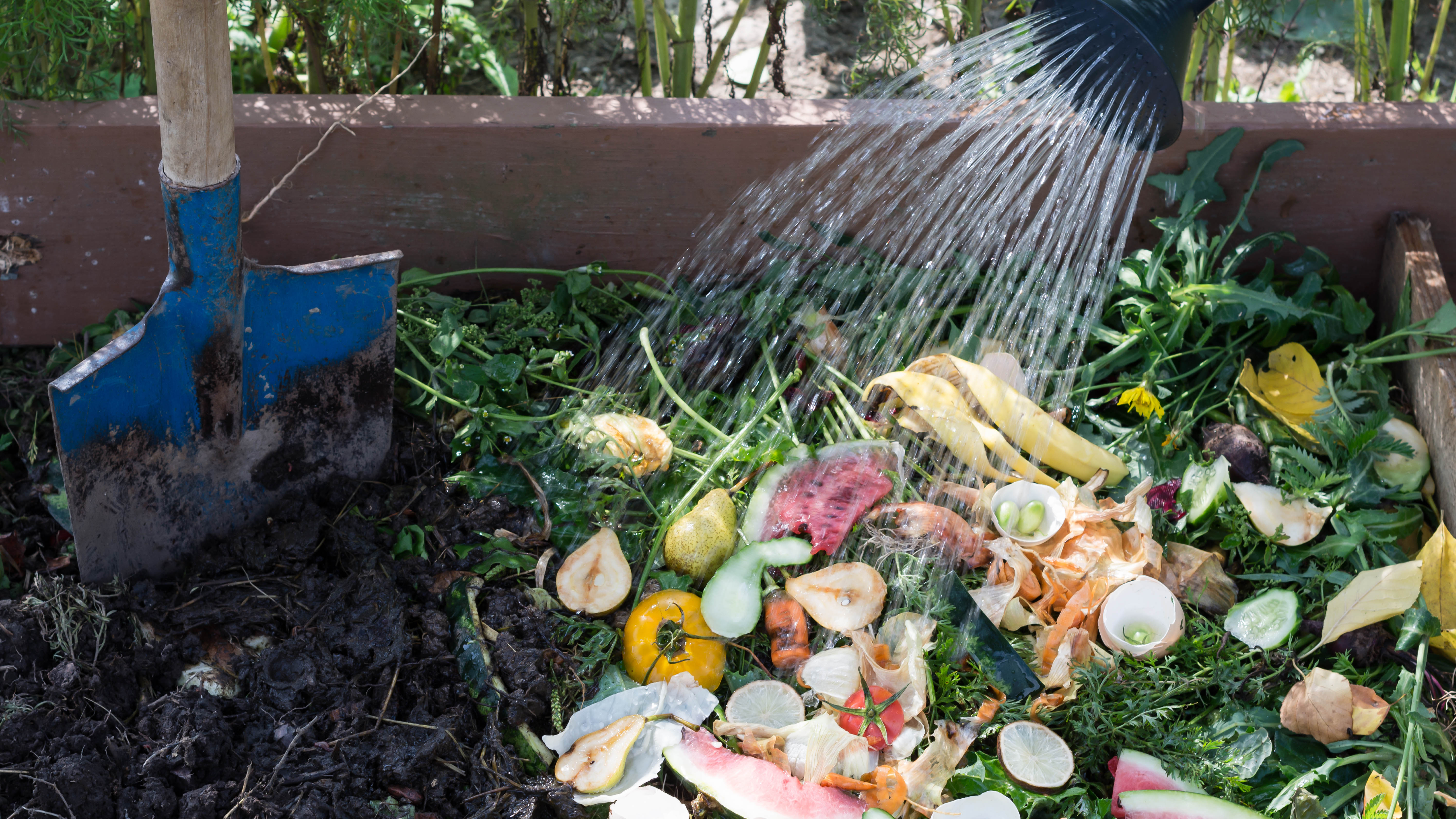
Although it’s recommended to sprinkle water over your compost pile, a common mistake is overwatering (or underwatering!). If there’s too much water in your compost, it will become waterlogged and potentially drown those beneficial microorganisms at work. Plus, not only will this cause your heap to smell foul, but it will end up rotting instead of composting.
If your compost pile looks too wet or smelly, add more (dry) brown items to absorb excess moisture, or turn over with a garden fork to aerate the heap. Similarly, if your compost heap looks extremely dry and brown, simply add more green items and slightly water to make it damp.
This will also affect the temperature of your compost, which should be between 141°F to 155°F. If in doubt, you can monitor the temperature with a compost thermometer like this Compost Thermometer Stainless Steel Dial ($9, Amazon), to be sure the materials are at the right temperature and decomposing properly.
3. Throwing the wrong things in the compost
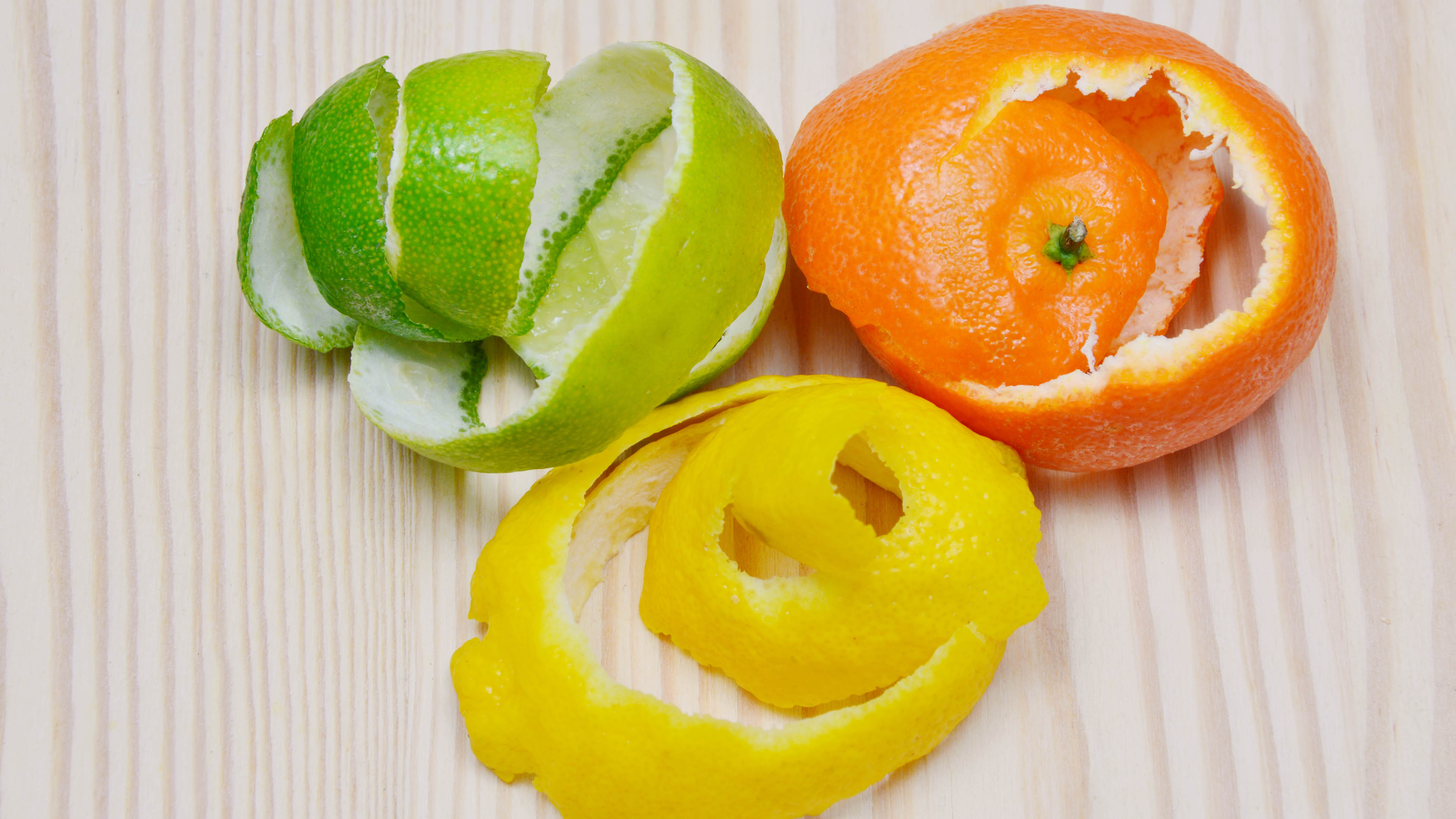
Another composting mistake we often make is throwing the wrong things onto the heap.While you might think that all things organic are compostable, there are things you should never throw on the compost heap.
This is mainly because certain waste materials can contaminate, slow down or even stop your compost's decomposition process. Also, you don’t want to add anything potentially toxic to the soil, which could be harmful to you, or your homegrown plants. Worse still, certain foods will release a foul stench over time, which could attract pests and all sorts of vermin to your backyard!
These things include dairy products, meat or fish scraps, onion and garlic scraps, citrus peels, coated cardboard and chemically treated wood or garden waste.
It’s recommended to compost vegetable scraps, non-acidic fruit waste, eggshells, coffee filters, leaves, and any untreated wood or garden waste.
4. Putting in diseased plants
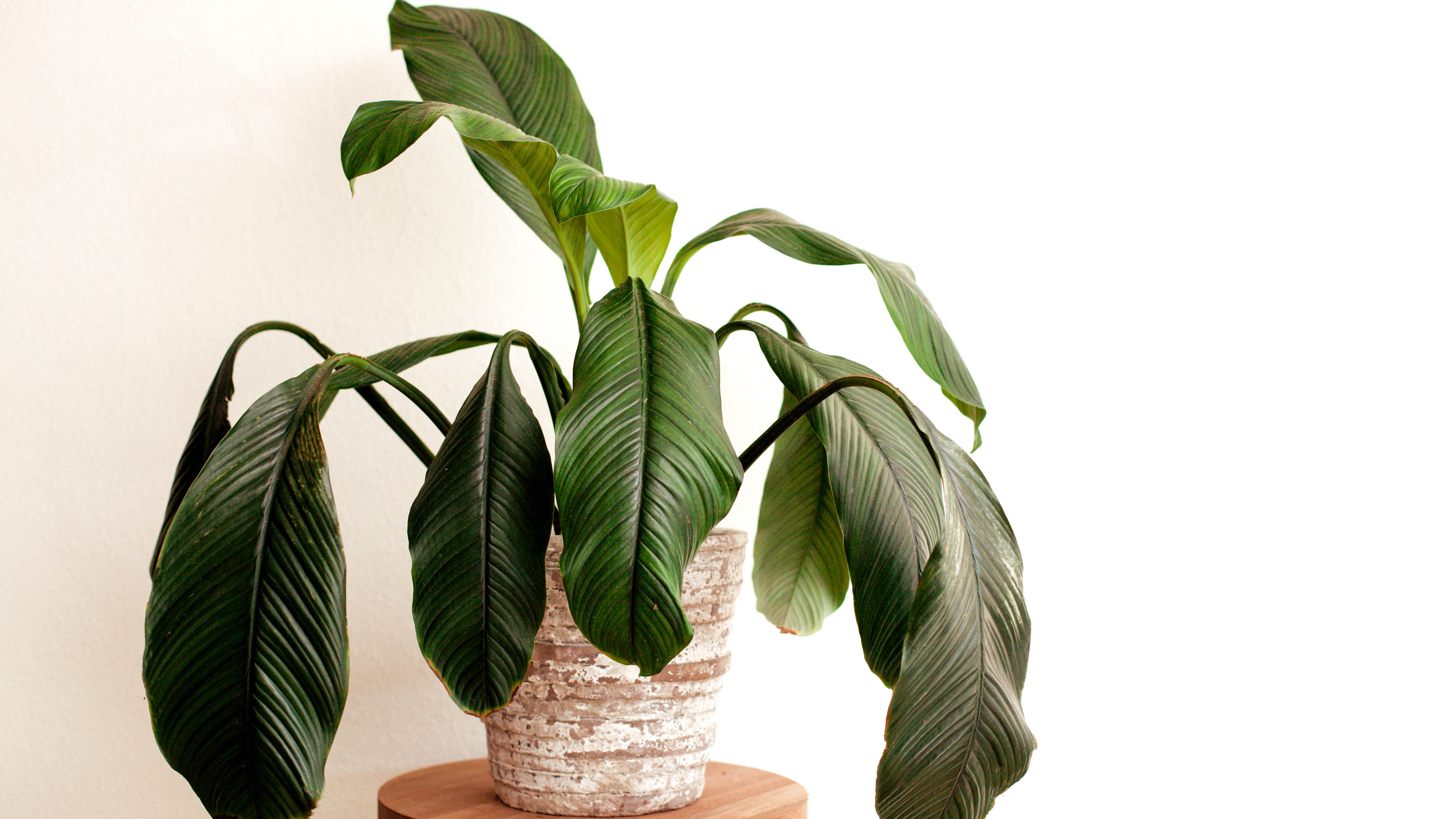
Similarly, never throw diseased or dying plants in the compost heap. While it might seem like the ideal place for repurposing lifeless plants, this is a no-no.
Typically, diseased plants are a result of a fungal or insect infestation that could inevitably spread in your compost heap. Infected plants would affect the quality, and not make healthy compost material for your yard.
And while it takes hot temperatures of 141°F to 145°F for at least several days to kill such fungi or bacteria, most home compost bins never reach those high levels. So if you want the best, nutrient-rich compost, avoid this composting mistake.
5. You don’t cover up food scraps
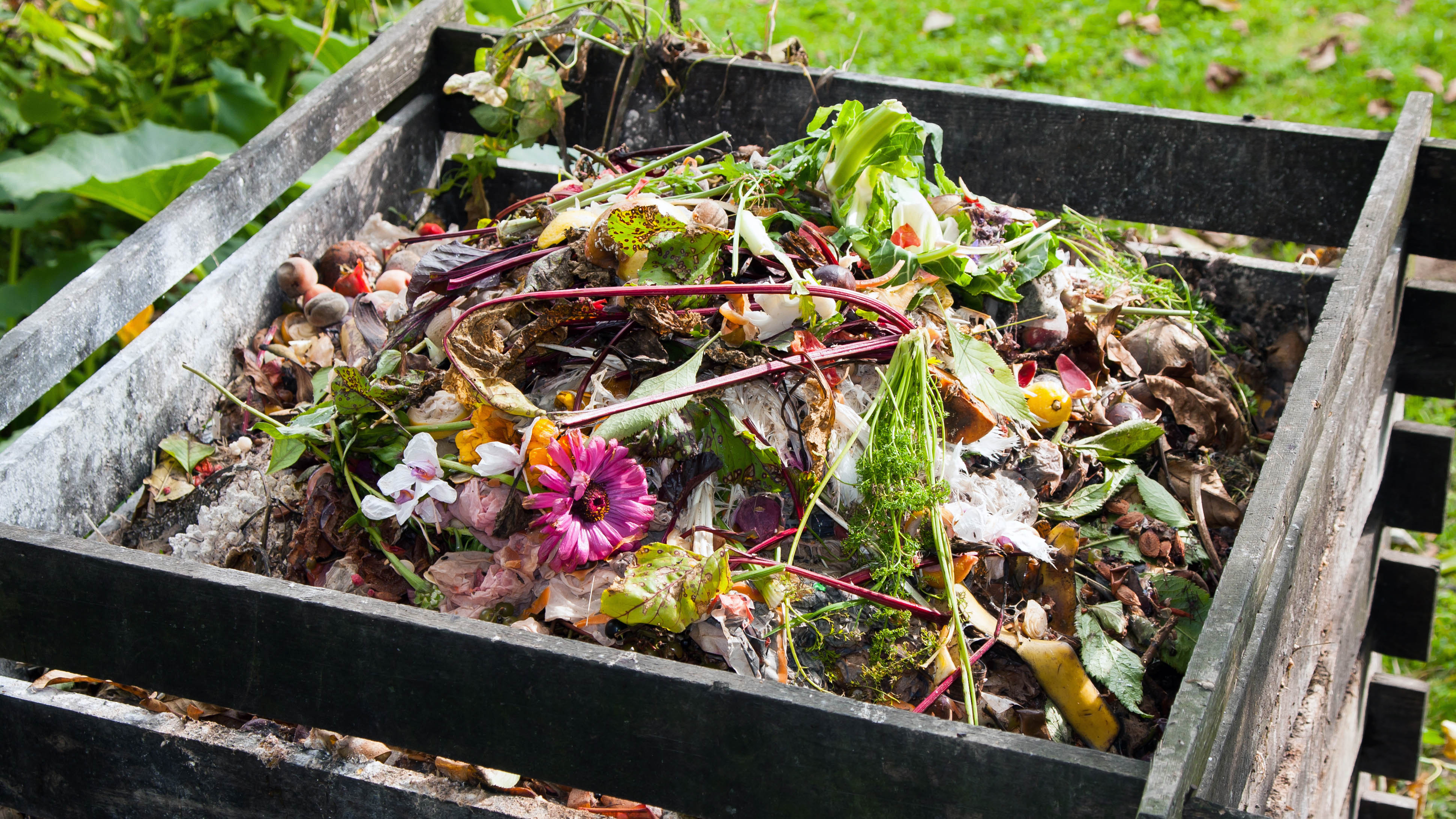
Another common mistake is to not cover up food scraps, which tend to get smelly or attract rodents and other pests.
Instead, experts suggest adopting a lasagne-style method of composting. Start off with a layer of dried leaves on the bottom and create a hollow nest in the middle to place any food scraps. Completely cover the food waste with another thick layer of brown material, making sure none of the waste is exposed. Then you can repeat the layering process, making sure you have a balanced composition of green and brown waste.
6. Not turning it over enough
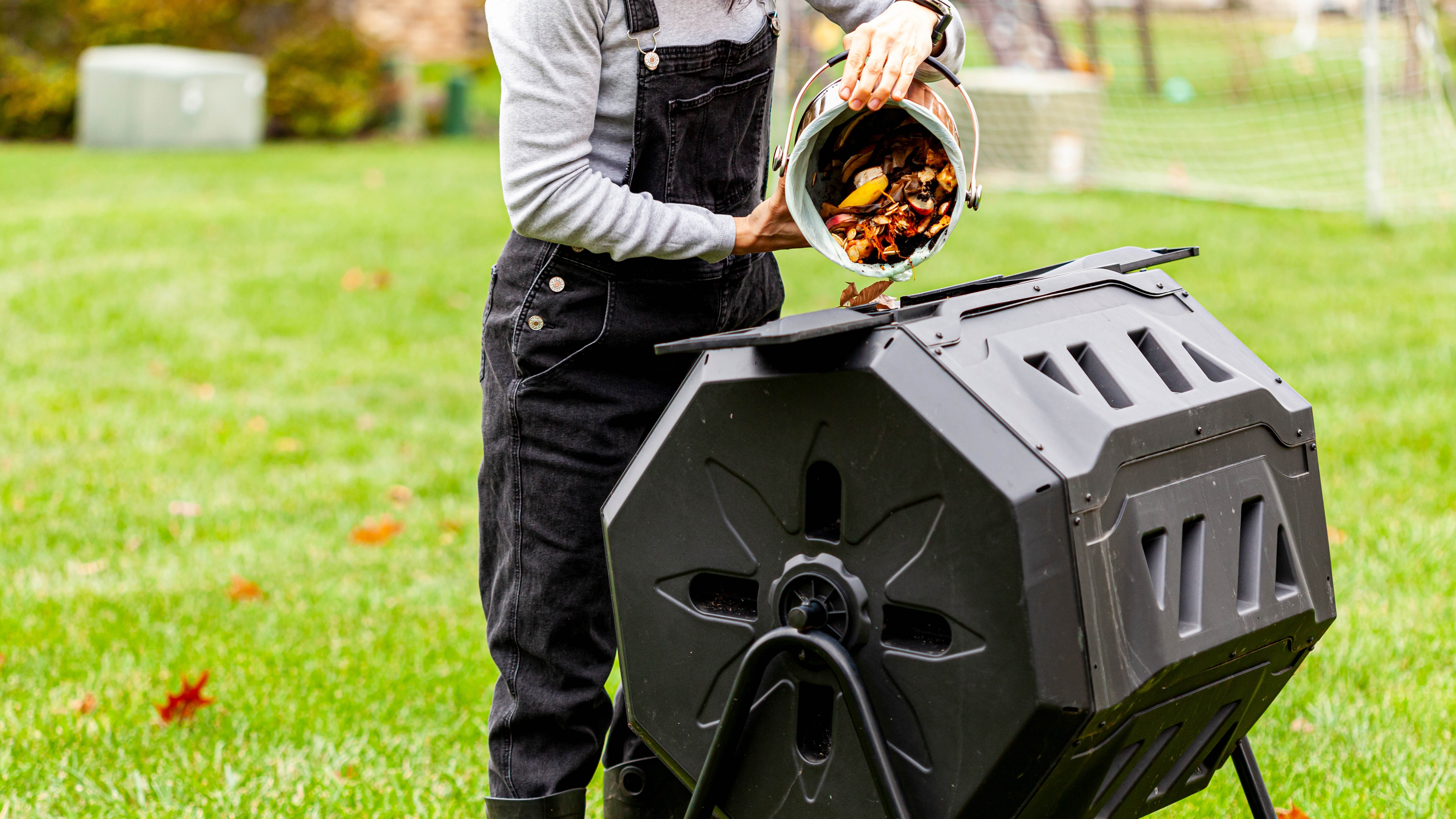
As much as we throw in our organic waste and let it ‘cook’ in the compost heap, we often forget to turn it over now and again. Just like growing plants, compost also needs oxygen and water to produce top, healthy soil.
As it’s decomposing, the center of the pile can become oxygen-starved, and would need aerating. Stirring the compost pile thoroughly will help it cook faster and prevent organic materials from becoming flattened and smelly.
Simply stir the pile around with a fork or spade to allow air to all parts of the compost. Just remember not to overfill your compost heap, as you won’t have enough room for the fork to turn it over properly.
If you have a compact yard or new to the world of composting, you can invest in a compost tumbler. This rotating compost bin is easy to use, and features aeration homes allowing air each time you turn it. Tumblers available online like this FCMP Outdoor IM4000 Dual Chamber Tumbling Composter ($76, Amazon), are a great option for beginners.
Ideally, turning compost should be done about once or twice a week; This will give it enough aeration to thrive.
7. Overfilling your compost heap

You might want to speed up the process, but another composting mistake is to overfill your heap. If you add too much waste, it won’t allow enough space for everything to decompose properly.
In addition, overfilling your heap will make it tricky to turn over and aerate the compost thoroughly. Plus, it would most likely end up a messy task!
Depending on the temperature of your pile, it usually takes between three weeks and three months to get the right compost texture. And when you have more surface area, this allows all the beneficial microbes to do their work much faster. Ideally, you want an earthy, crumbly, dark texture before you can use it around your yard. So don’t delay the process by literally piling everything onto your heap.
How long does it take to make compost?
Depending on your materials, conditions, and method, it could take anywhere from a several weeks to several years to make compost.
More from Tom's Guide
- Check out these 5 ways to use fallen leaves
- Here are 7 easy ways to make homemade fertilizer
- Plus, here are 7 best plants to grow on a balcony

As the Homes Content Editor, Cynthia Lawrence covers all things homes, interior decorating, and garden-related. She has a wealth of editorial experience testing the latest, ‘must-have’ home appliances, writing buying guides and the handy ‘how to’ features.
Her work has been published in various titles including, T3, Top Ten Reviews, Ideal Home, Real Homes, Livingetc. and House Beautiful, amongst many.
With a rather unhealthy obsession for all things homes and interiors, she also has an interior design blog for style inspiration and savvy storage solutions (get rid of that clutter!). When she’s not testing cool products, she’ll be searching online for more decor ideas to spruce up her family home or looking for a great bargain!
